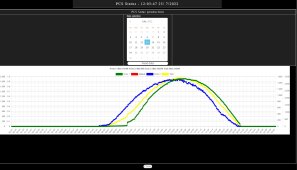OzSolar
Whatever you did, that's what you planned.
Boy howdy do I know DK well, too well in fact. I'd like go at least a month before I'm at the "peak of mount stupid" again.
Actually I had heard of Drake Landing many years ago and found it both fascinating and completely unbelievable. Do you have any firsthand knowledge of it?
On a few occasions I tried to get some actual data on it and never could. They had a public online portal for real time monitoring but suspiciously it was always offline when I went to view it further feeding my disbelief in it.
Last edited:




